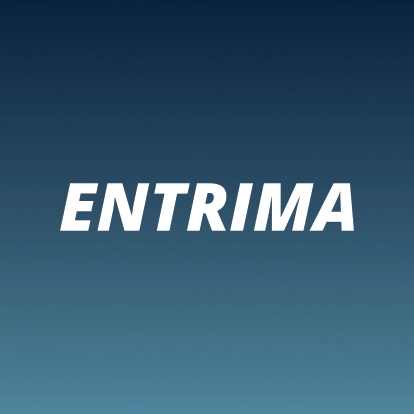Learning Platform - "Markets & Trading"
Course: Fundamentals of Trading
About the Course
Acquiring insight and knowledge of:
- The fundamentals of (energy) trading & risk management;
- The role of trading (organisations) and the interaction with the in/external environment;
- The role of risk management and its position within organisations;
- The role of regulation and the consequences for organisations and their environment;
- The role of accounting (rules) for trading(-related) organisations.
Course Contents
Liberalisation of the Energy Markets
What is aim of liberalisation? What are the consequences? The EU 3rd energy package.
Risk – What is it?
Risk and return; risk-reward ratio; risk versus uncertainty; quantification versus qualification of risk.
Market risk – What is it?
Price risk; hedging; market characteristics, such as location, delivery time/period, time to maturity.
Risk management
Identification of risk, measuring risk and control of risk; liquidation, insurance and hedging.
Volatility – What is it?
The concept volatility explained; the calculation and the interpretation of volatility figures.
Counterparty risk – What is it?
Credit risk and delivery risk; the consequences of hedging for market risk and counterparty risk.
Credit risk management
Clearing; the concept of netting; credit limits; ratings; sleeving; systemic risk and regulation.
Liquidity & Liquidity risk
Market liquidity versus funding liquidity; indicators for market liquidity; position limits.
The trading organisation – The role of trading business unit
Interaction between the sales department and trade and between generation and the trading unit.
The trading organisation – Front, Middle & Back Office
Departments and sub-departments within the trading business unit, and their role.
Trading – What is it and how is it organised?
Trading versus procurement and sales; decision making & connectivity; trading tools & data.
Trading – The reasons for concluding transactions
About procurement, sales, balancing, hedging, arbitrage and speculation. Why is it applied?
Trading – The order book
How does trading take place? How are prices set? What orders are executed? When? How?
Trading – Order types
What order types are applied and for what reasons? Market, limit, all-or-none, iceberg & stop-loss order.
Trading process – Clearing
Central counterparty; clearing house & clearing members; credit risk; margining & collateralisation.
Trading process – Settlement
Physical delivery versus cash settlement; settlement procedures; examples with calculations.
Trading process – Transaction flow
Pre-trade, trade and post-trade processes; tasks & responsibilities of front/middle & back office staff.
Trading process – ETRM system
The task of energy trading and risk management software; the users and purposes of the tool.
Markets & Products – Spot versus Forward
The difference between spot/prompt and forward/futures markets, prices and transactions.
Markets & Products – Derivatives
What are derivatives? What are these financial instruments used for? By whom are these tools applied?
Markets & Products – Forwards versus Futures
What is a forward or futures contract? What are the differential between those? Contract specs.
Markets & Products – Contract for difference
What is a CFD? What are CFDs used for? Where can the instruments be traded? How are these settled?
Markets & Products – Swaps
What is a swap? What types of swaps are available? What is their purpose? How are swaps settled?
Markets & Products – Options
What is a call or put option? How can these tools be applied? How does pricing of options take place?
Trading platforms – OTC markets & trading
How can OTC market be characterized? How is OTC trading organized? What are master agreements?
Trading platforms – Brokerage services
What is the role of a broker? What are the differentials between inter-dealer brokers and broker-dealers?
Trading platforms – Exchange trading
What features does exchange trading have? How is it organized? What fees are in place for members?
Trading platforms – Trading screens & platforms
What details are relevant to traders? What is Trayport, how does it work and why do traders use it?
Pricing, price drivers & indexation
How do prices arise in the market? What factors drive prices? What is an index? What is it used for?
FX markets & trading
Forex exposures of companies; the role of the treasury department; currency pairs; exchange rates.
Accounting – Mark-to-Market
Bookkeeping; accounting rules; the differences & consequences of M-to-M vs. historical cost accounting.
Accounting – Book structure & Internal transfers
How do firms organize in-house trading, between trade and other business units? Why? At what price?
Terminology – Upstream, midstream & downstream
Explanation of the terminology which is related to the value chain.
Terminology – Opening & Closing, Long & Short, Bull & Bear
What do the concepts of long or short imply? Likewise for bullish or bearish, or opening or closing.












